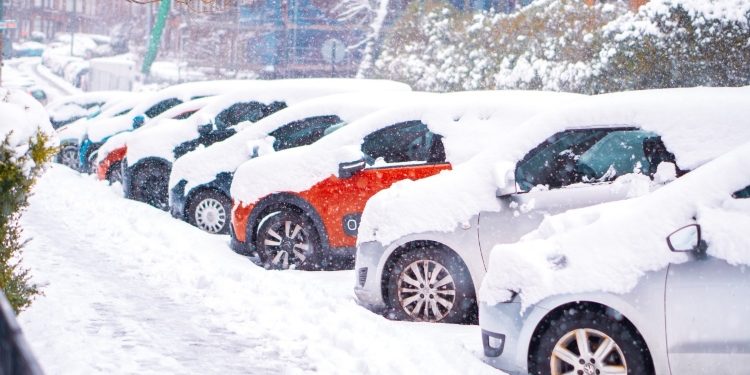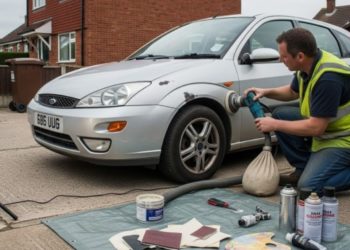Winter is once again beginning to rear its ugly head. While may of us are eagerly anticipating a break from the record-high temperatures associated with this past summer, the fact of the matter is that colder weather presents its own set of unique challenges while driving on the open road. Let’s take a look at some professional maintenance suggestions so that safety is never called into question during the coming months.
Winter is once again beginning to rear its ugly head. While may of us are eagerly anticipating a break from the record-high temperatures associated with this past summer, the fact of the matter is that colder weather presents its own set of unique challenges while driving on the open road. Let’s take a look at some professional maintenance suggestions so that safety is never called into question during the coming months.
Obtain an Expert Inspection
This is arguably one of the most important tips, as professionals will be able to diagnose any issues that might not be immediately apparent to the untrained eye. A proper MOT inspection will ensure that your vehicle is roadworthy (1). It should also be mentioned that identifying smaller issues before they evolve into more profound problems is an excellent way to save money from a long-term perspective.
Switch to Winter Tyres
Winters can be notorious for snowy and icy conditions. This is always a concern when driving, as losing control of your vehicle could result in a serious or even fatal accident. Winter tyres will help to avoid such scenarios, as their treads are specifically designed to grip the motorway. Furthermore, a greater amount of surface area maintains contact with the road at any given time; offering a greater sense of control if you are forced to suddenly turn or to apply the brakes.
The Crucial Role of Brake Pads
Most experts recommend replacing brake pads (approximately) every 50,000 miles (2). However, it should be mentioned that inclement conditions as well as corrosion due to road salt can significantly shorten the lifespan of these pads. Note that other portions of the system such as calipers and drum brakes can also suffer a significant amount of wear and tear over time. As effective braking is one of the best ways to avert disaster, always make it a point to have a professional examine their condition before winter conditions arrive and if necessary, to install a replacement.
Check out this:
Video of replacing brake pads from autodoc.co.uk
to understand the process and to appreciate why expert assistance might sometimes be the best option.
Check and Top-Up All Fluids as Required
All fluids within the vehicle should be monitored on a regular basis; especially before the temperatures outside begin to plummet. Here is a checklist of some common concerns:
- Transmission fluid
- Antifreeze
- Brake fluid
- Oil
Also, do not overlook the level of your windscreen wiper fluid. This fluid will help to melt away snow and ice that might otherwise obstruct your view when driving.
Additional Tips
Notwithstanding the suggestions mentioned above, be sure to check the status of your headlamps, taillights and emergency flashers (in the event that you happen to become stranded). Examine the undercarriage for any signs of corrosion, replace windscreen wiper blades when necessary and purchase a new battery if it is more than four years old.
Winter driving does not have to represent a dangerous experience. Following the advice previously outlined will guarantee that you are safe even during the harshest of conditions. After all, a bit of preparation will certainly go a long way!
Sources:
1. https://heartautocare.com/how-to-prepare-your-car-for-the-winter-driving/
2. https://www.autodoc.co.uk/info/rear-and-front-brake-pad-replacement-cost-and-intervals
David Prior
David Prior is the editor of Today News, responsible for the overall editorial strategy. He is an NCTJ-qualified journalist with over 20 years’ experience, and is also editor of the award-winning hyperlocal news title Altrincham Today. His LinkedIn profile is here.













































































